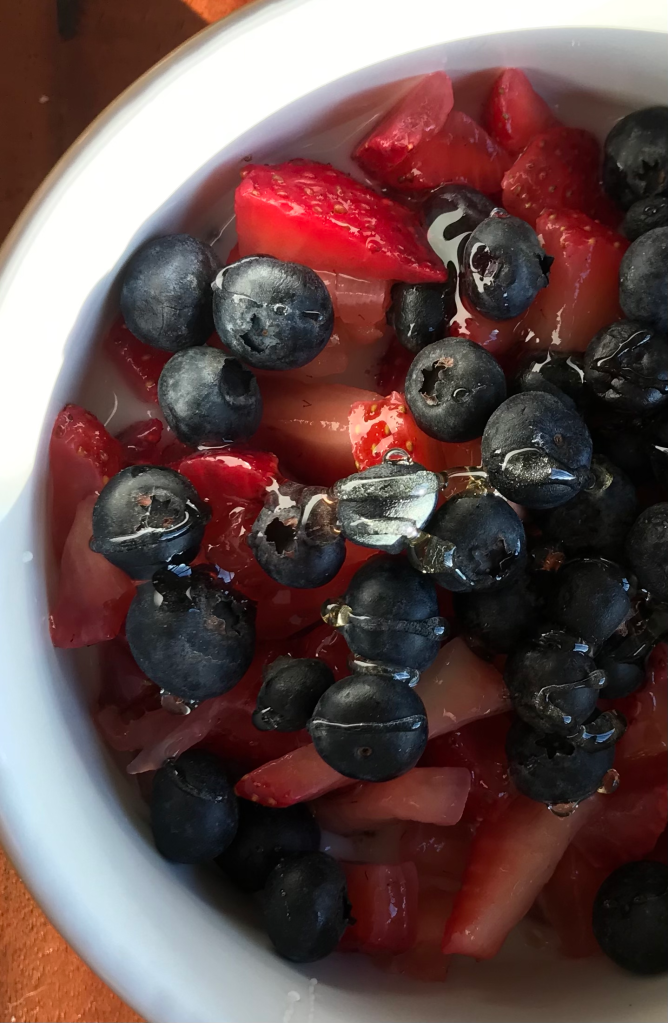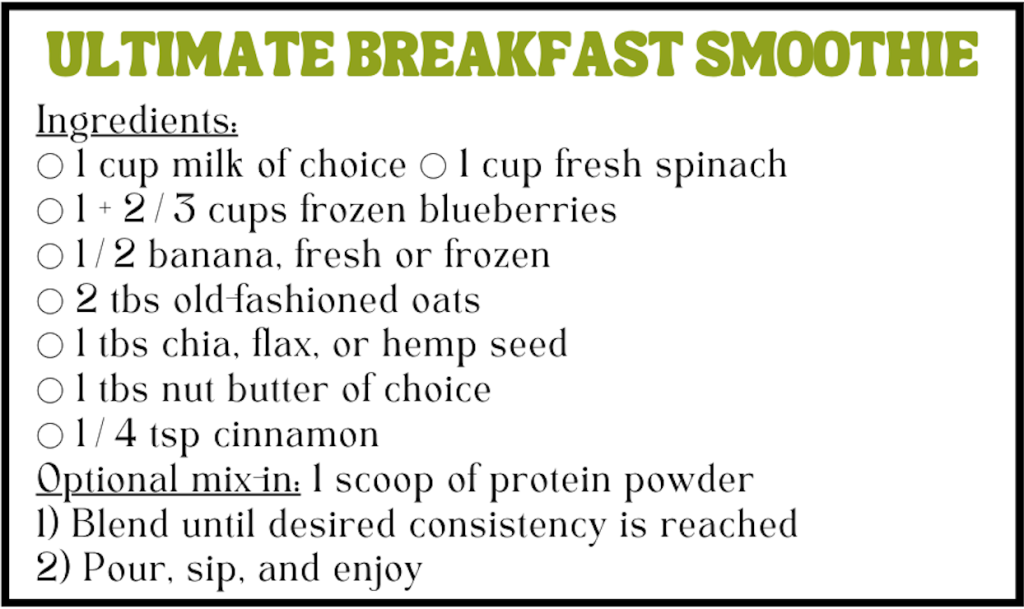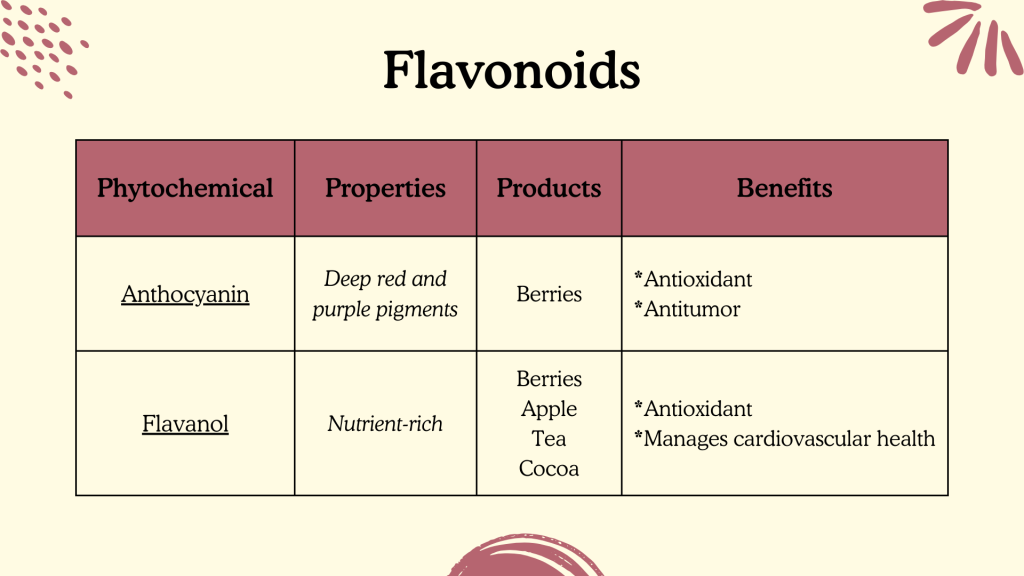
Busy mornings are no excuse as to why you can’t have breakfast. Breakfast is the most important meal of the day – it provides energy for the brain and body to function, kickstarts metabolism, and balances blood sugars.
When one skips or skimps on breakfast, the body tries to conserve what little “fuel” it has left. Often times, an unbalanced breakfast results in fatigue and extreme hunger. These changes occur in response to high (glycemic) carbohydrate intake with little to no protein or fat pairing. The lack of balance causes blood sugar to rise, which may influence sluggishness, brain fog, and more.
Therefore, it is important to prioritize a balanced breakfast, especially when on the go, with a full day ahead.
Ideally, a balanced breakfast should include:
- All three macronutrients: carbohydrate, protein, and fat
- Three out of the five food groups
- A lean source of protein and/or a healthy source of (unsaturated) fat
- Fiber
Together, these components provide energy, but in a balanced manner, that optimizes bodily function.
When a carbohydrate is paired with a lean protein or healthy fat, one is more likely to feel more full and less likely to experience a spike in blood sugar. Carbohydrates rich in fiber also provide satiety, stabilize blood sugars, and improve digestion.


When on the run, it may seem difficult to prepare a balanced breakfast. However, the meal prep does not have to be complicated to be nutritious. It’s best to keep ingredients to a minimum to save on time and space. Utilize easily portable containers to store meals. To further simplify portability, pack raw fruits, like bananas, that already come “pre-packaged” by nature. Similarly, homemade smoothies and protein shakes are excellent balanced breakfast options for busy mornings. If prep time in the morning is limited, prep breakfast items the night before or for the week ahead.
To help you get started, here are a few recipes for healthy grab ‘n go breakfasts…
Again, a balanced breakfast not only sets the tone for the day but for your health status in the long run. Many studies have uncovered the correlation between eating a healthy breakfast and maintaining a healthy weight and lifestyle. On the other hand, other studies have linked skipping breakfast to weight gain, obesity, poor sleep, and other poor health outcomes. Over time, these health issues can worsen bodily function and influence the onset of chronic disease.
Therefore, it is especially important to prioritize a balanced breakfast, even on the go.
Tell me what other balanced breakfast recipes you’d like from me in the comments.









